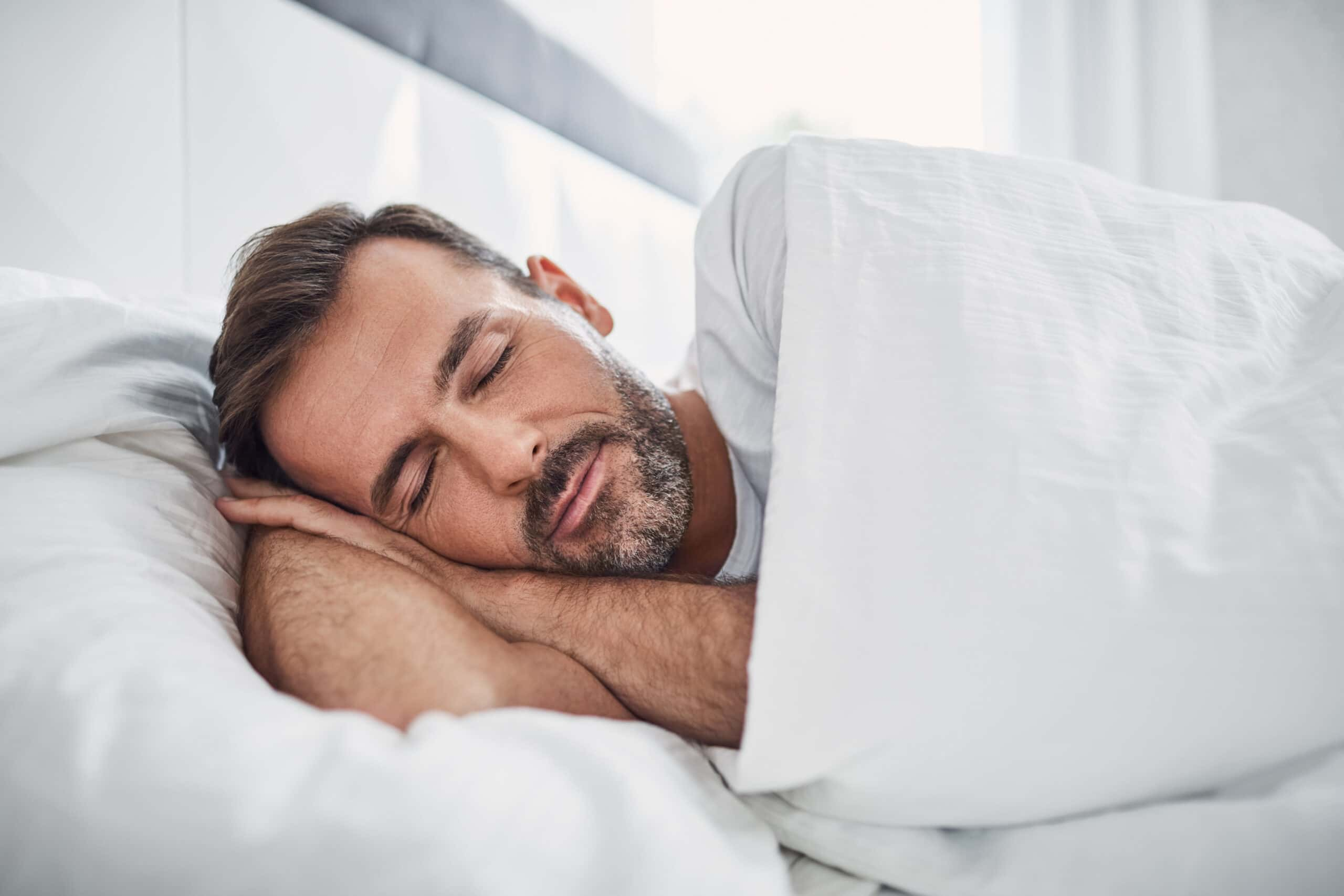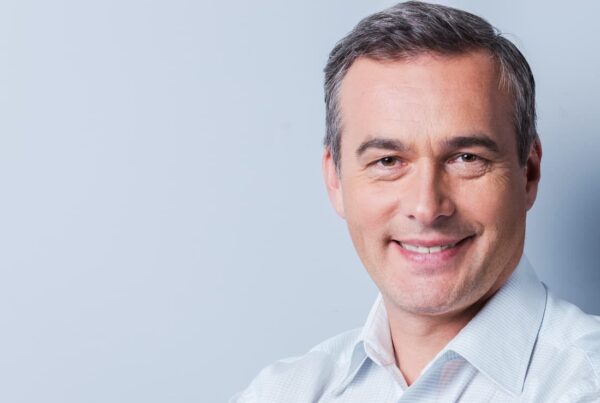Hair transplants can be performed for many people. Indeed, baldness is a common phenomenon that can sometimes seem to handicap people. They then have to resort to a minimal surgical intervention consisting of a hair transplant through different medical techniques.
When carrying out this type of procedure, it is necessary to be fully informed to the process of the operation but also to be observed following the operation. That’s why various elements are taken into account after the procedure, like shampoo, and general care practices that promote good healing. In this context, it is essential to talk about sleep. How do you sleep after a hair transplant? What are the gestures to avoid? Here are some answers from the hair transplant experts at Starks.
What position to adopt during sleep after a hair transplant?
When it comes to sleep, there are certain things to do during the first three to four nights after the operation. First, it is recommended to adopt a semi-lying position for the night. To do this, it is advisable to have several cushions to raise the head. This prevents too much blood from flowing into the head, which can potentially cause swelling of the transplant area, and therefore, promote good healing. Furthermore, depending on the grafted area, it is preferable to sleep while opting for a certain position to avoid any friction. If your transplant is located at the back of the skull, a position on the side is preferable. On the other hand, if the graft is located on the top of the skull, a position on the back will be perfectly suitable. After a few days, when you observe that the healing improves, it is then possible to sleep in the position you prefer.
What are the practices to avoid?
It is challenging to manage our movements during sleep. However, there are still certain precautions to be taken following a hair transplant during the few days following the operation. You should avoid touching the grafted area as much as possible during your sleep. As a precaution, it is advisable to wash your hands thoroughly before going to sleep. Before touching the grafted area, it is always essential to have clean hands to avoid an infection. If you are likely to touch the grafted area in your sleep, take extra precautions to wash your hands. Finally, you should also avoid moving too much during sleep to best limit friction with the graft area. This is difficult to do knowing that you move on average about forty times during the night … But it is crucial to keep this in mind to encourage good healing.




